February 18, 2022
Screen thistle tubes and suet cages and seed-block baskets. What I need is a next generation raid-proof birdfeeder. I don’t have a squirrel problem. I do have rock squirrels, but they generally keep to their rocky holes, only venturing out for the occasional fat garden tomato ten minutes before I go to pick it. What I do have is much worse—worse, that is, until the javelina learn to climb trees. (Right now, their best feat is stretching their full height on back legs to pull down a thistle feeder with their two-inch tusks. Yes, I watched this on more than one occasion.)
What I have are coati (pronounced koh-AH-tee). Pointy-snouted, snuffling raccoon-monkeys with the dexterity to pick locks and open doors. The wife, who knows from personal experience (see post on May 27, 2021), will tell you they make lousy housemates: “They eat all your food and pee in the shower.” (At least I think she’s talking about coatis...)
They are also fond of stealing birdfeeders.
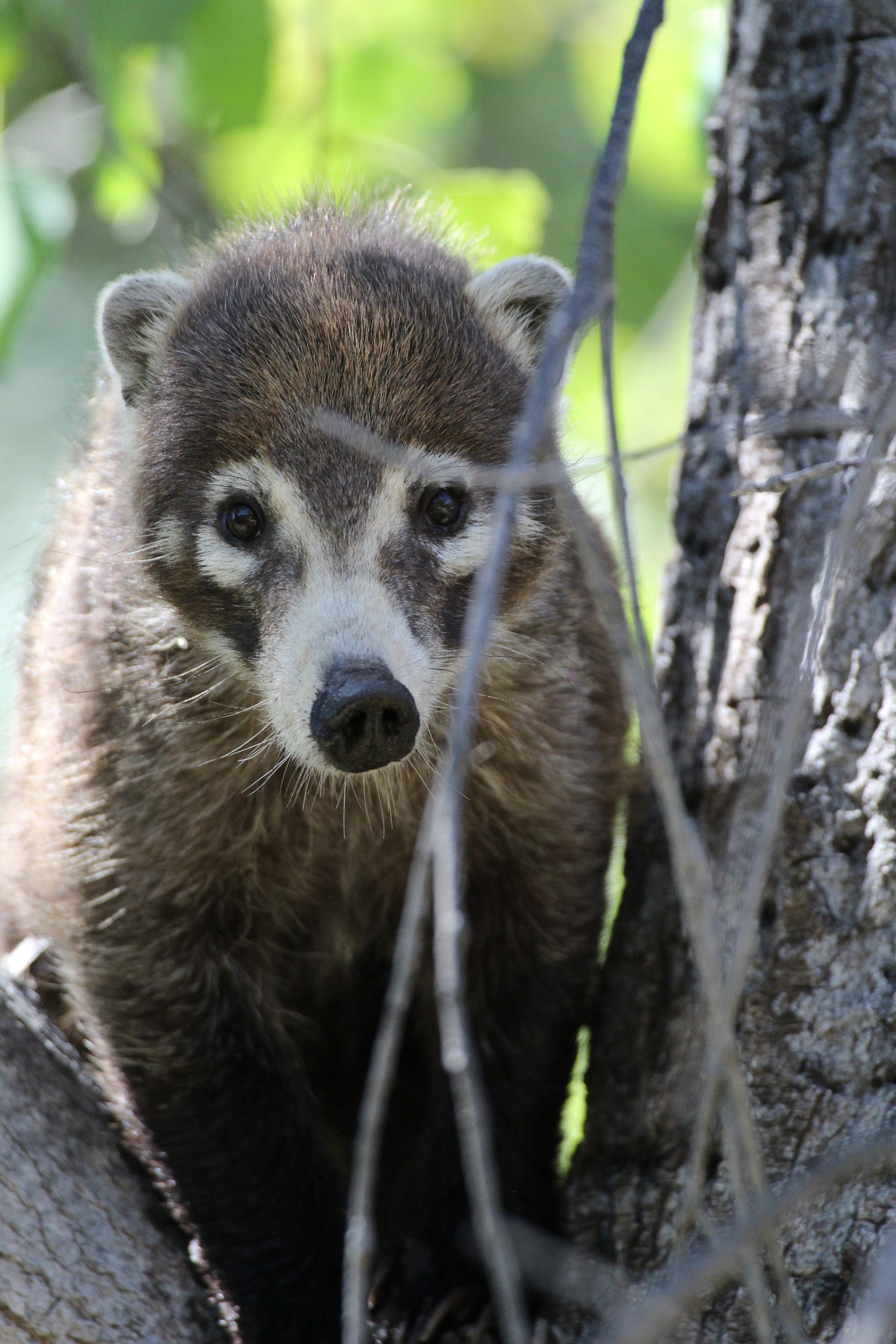
I’m looking at a “squirrel-proof” 10-inch diameter, double suet feeder, which fits suet cages within a larger surrounding cage. Theoretically, smaller, suet-loving winter birds like my yellow-rumped warblers and ruby-crowned kinglets, titmouses and nuthatches, will slip through the outer circle of wire and indulge themselves “feeling safe and secure” while squirrels remain outside. Jays and woodpeckers too, at least until they grow longer bills.
Which could happen.
I’m reading a study in Science that documents the rapid evolution of beak size in response to environmental change. Specifically, the lengthening of beaks of great tits coming to British birdfeeders. The black-masked, white-cheeked great tit is a common bird of hedgerows and gardens in much of Europe and Asia. Researchers have found that the birds in the UK are slightly different than their Eurasian counterparts. Beak length has increased since the 1970s, according to the study, with long-beaked tits visiting birdfeeders more often than those with short beaks.
“It seems reasonable to suggest,” says one of the authors of the study, “that the longer beaks amongst British great tits may have evolved as a response to this supplemental feeding.”
Like the beaks of Darwin’s finches, which adapt in just a few generations to the food they eat, it’s possible that natural selection is driving the British tits to probe for the best seeds buried deep in the feeder. So, regardless of my feeder designs, there’s hope too for my suet-loving jays and woodpeckers.
Although I’m tempted to document the rapid evolution of bird beaks in my yard, I decide against the new-fangled, double-whammy suet feeder. The coatis have already figured out how to spin my seed feeders clockwise and unscrew the eyebolt from the steel lid and make off with them.
I guess feeding songbirds in the Big Yard has produced coatis with greater intelligence. They always outsmart me. I can’t even manage lefty loosey, righty tighty.
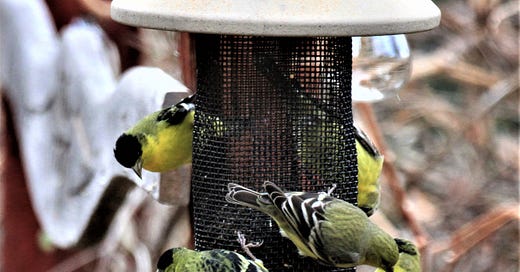



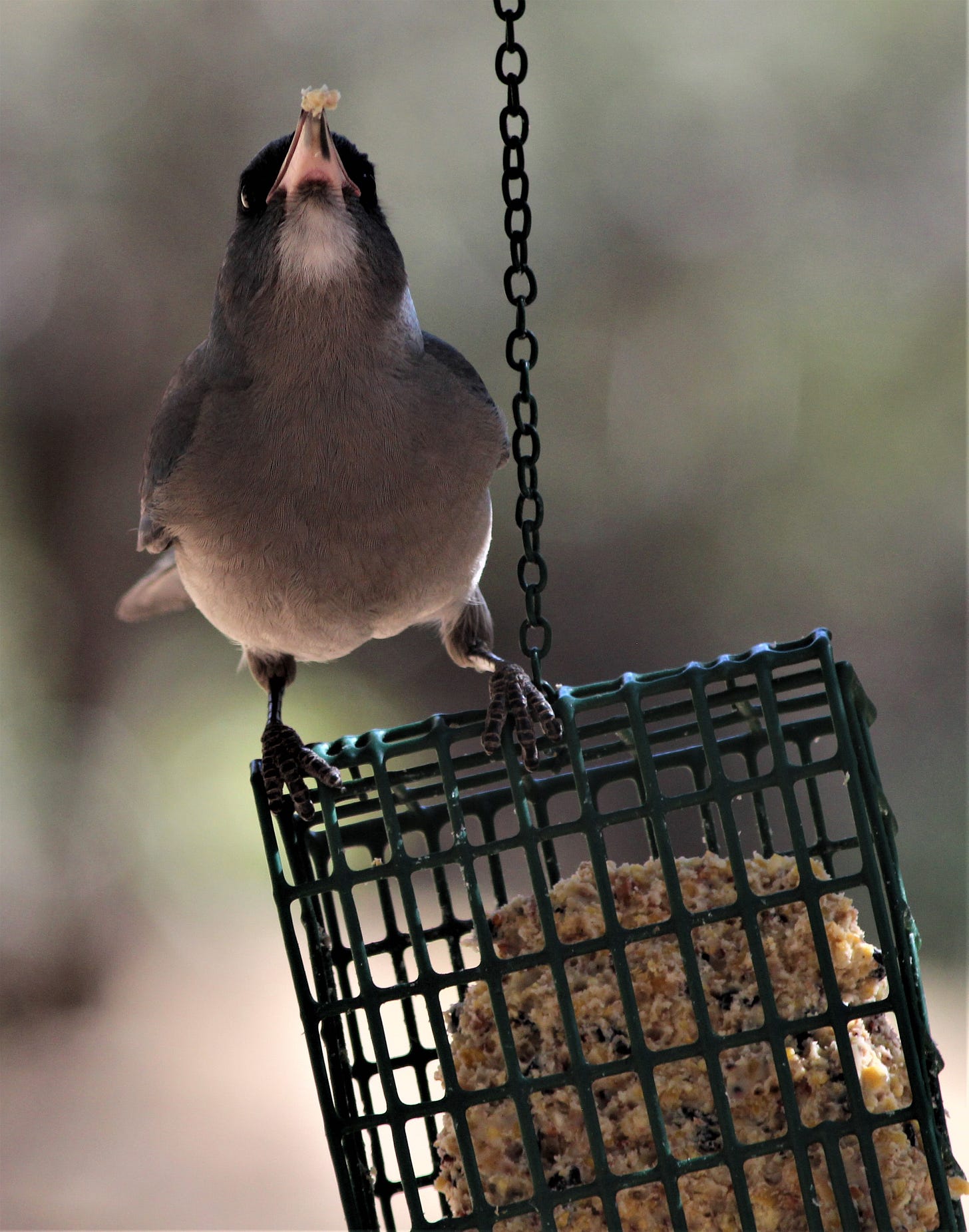
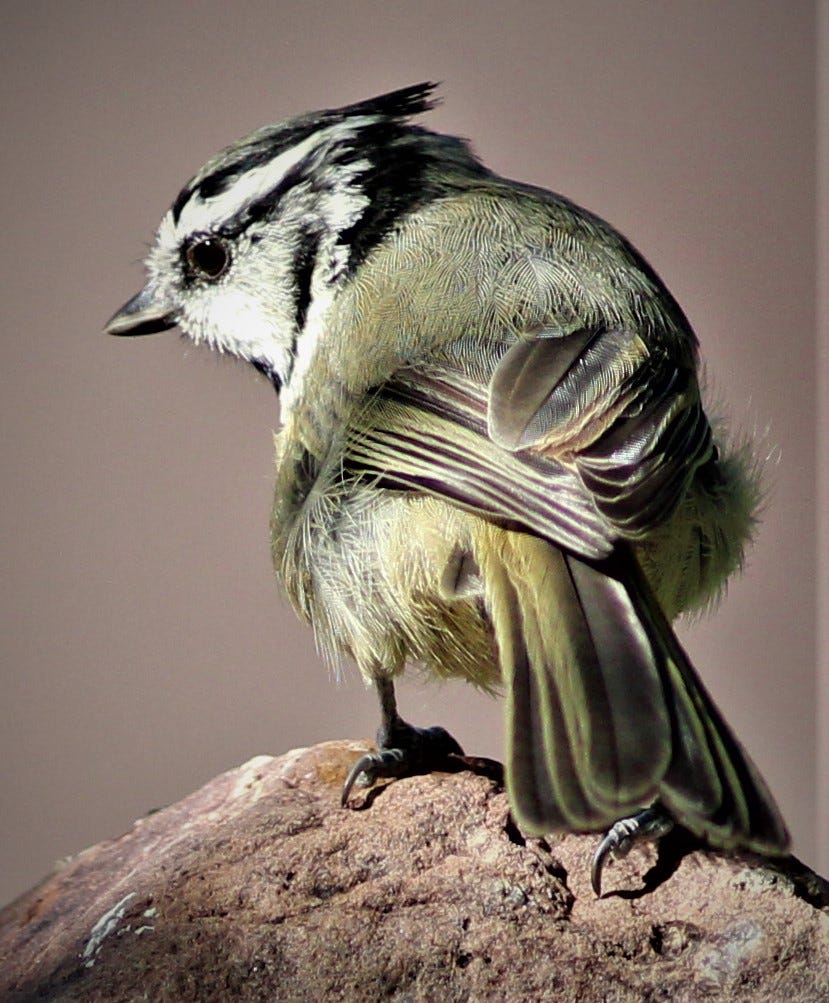
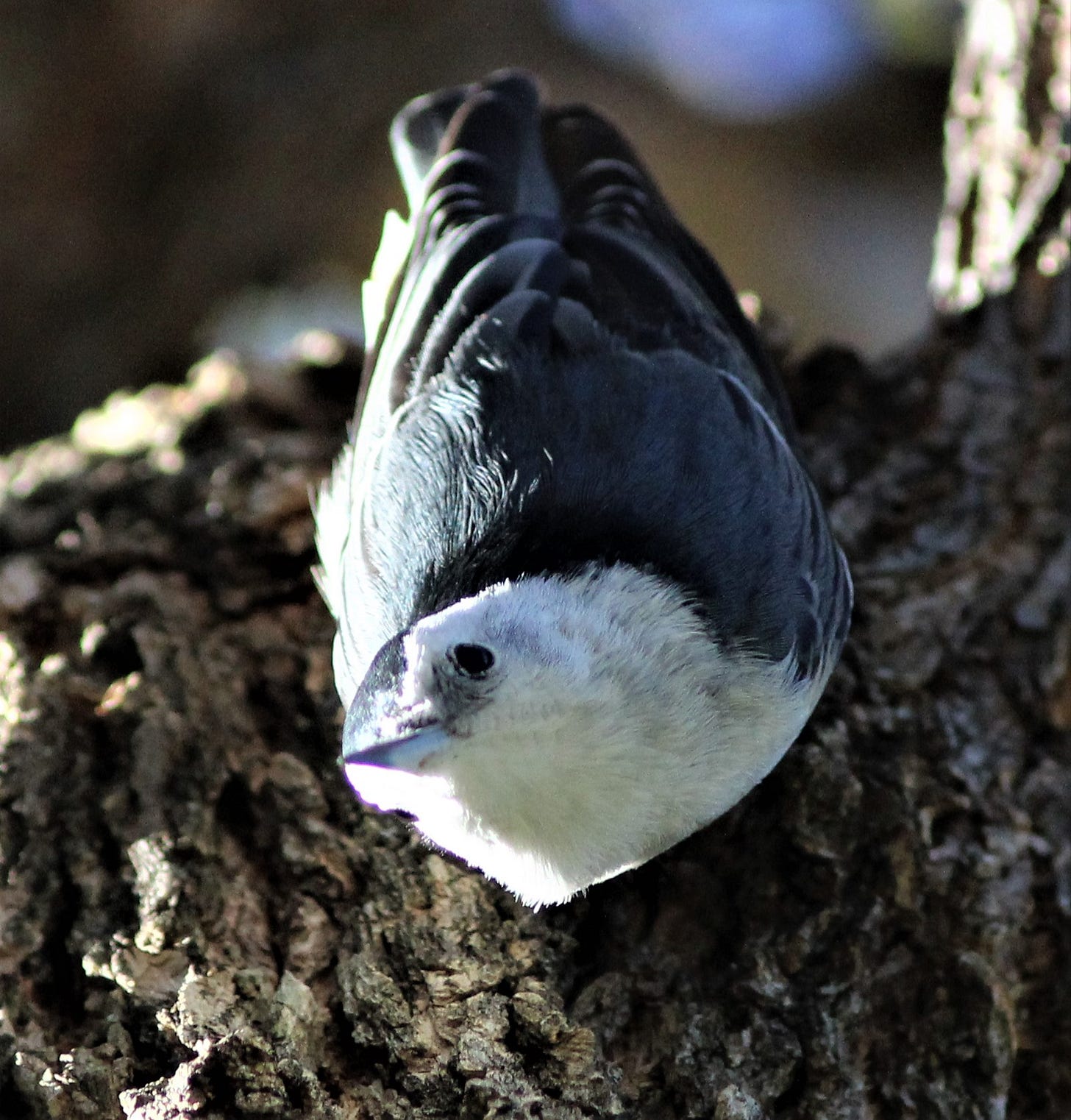
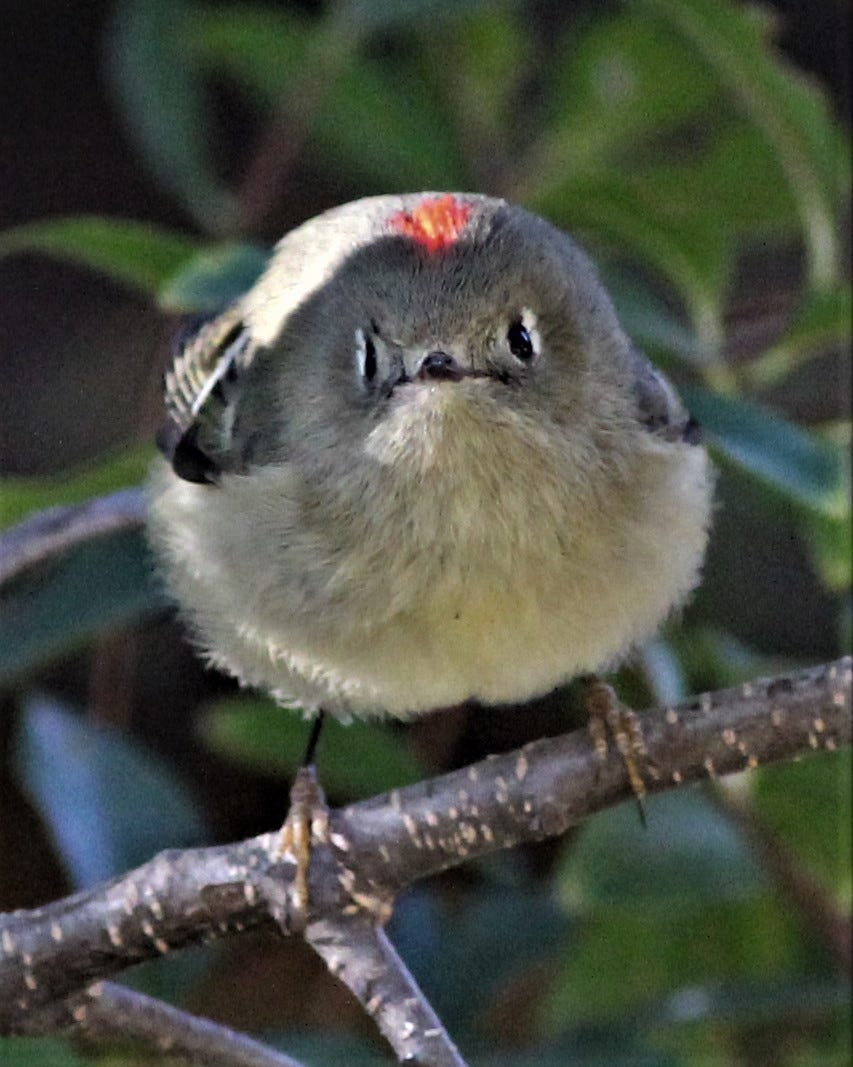
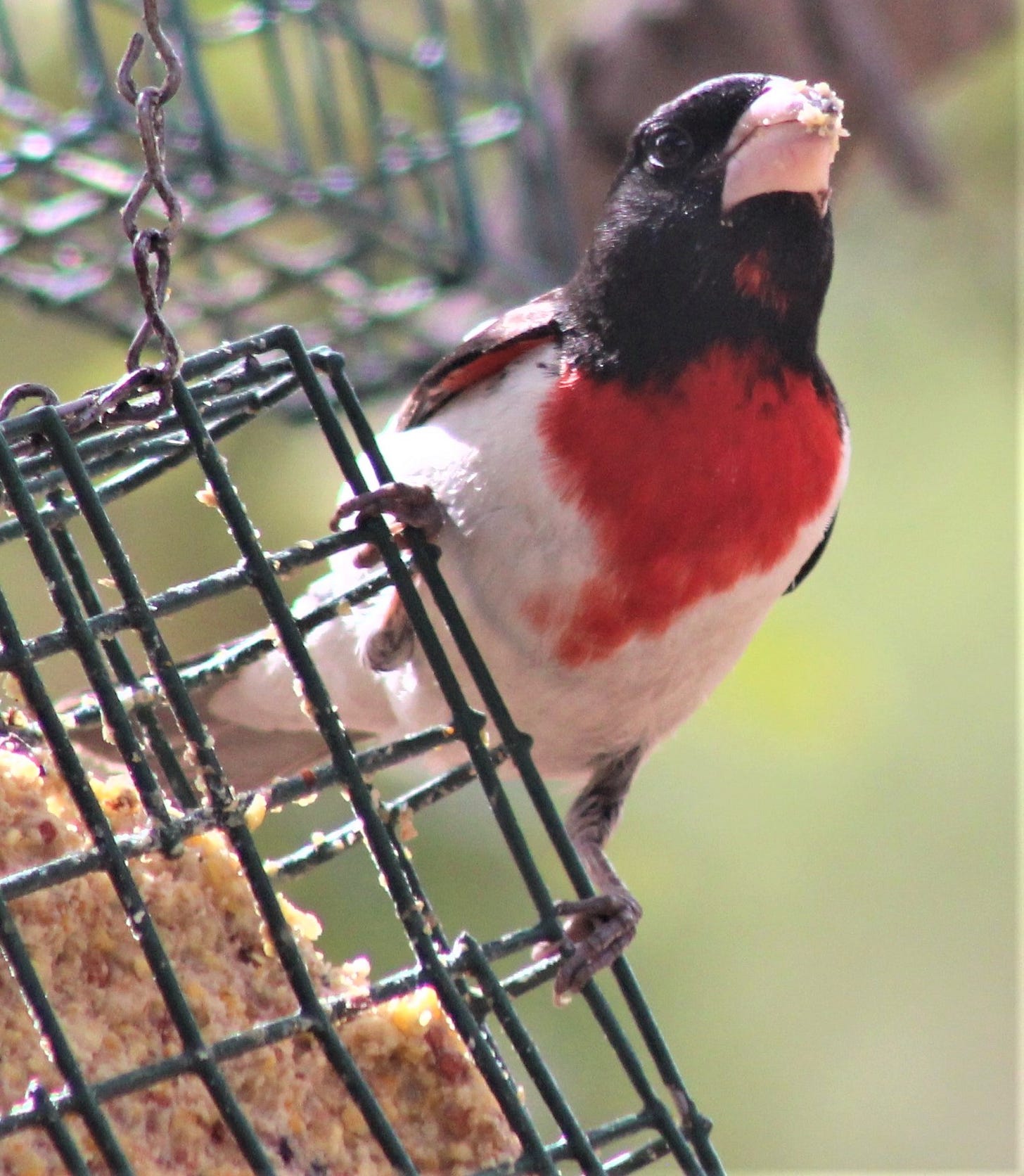
Good grief -- I didn't know coatis could be so destructive. I rarely see them here so maybe that's a good thing.
The Great Tit is a bird that I see everyday, in fact as I write there are a couple of them in the garden, checking out one of the nestboxes (they are the most frequent bird to nest in the garden). They are also one of the most territorial, often chasing off other tits from the garden (particularly the smaller Blue Tits, but also known to take on much larger wood pigeons) for their share from the feeders. I can't say that I've ever noticed any difference in beak length over the years but it wouldn't surprise me.